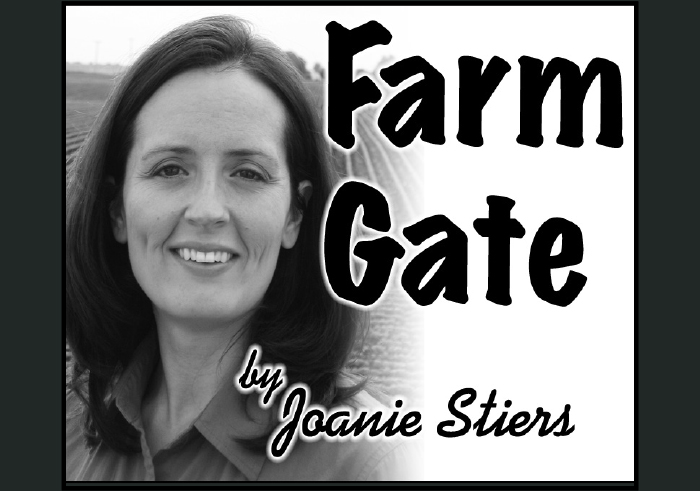At the Farm Gate: Uncovering the Benefits of Cover Crops

Grandpa never dreamed we’d be planting and harvesting at the same time. Nor did we.
A sizable percentage of our farmland will green up with new growth as we park the harvesting equipment in the shed for the season. Because shortly after corn is harvested from the fields, our local cooperative plants cereal rye that grows to provide a protective growing blanket before the next cash crop of soybeans.
The rye survives the winter, and by early spring, the green-and-growing cover crop in our fields contrasts the otherwise barren landscape. You can literally see that you’re keeping the soil alive.
Alive and well: Earthworms thrive. Soil feels soft and smooth in our hands. Cover crops help the land percolate, welcoming water and nutrients to reach the roots of our soybeans rather than run off the surface.
Throughout the Illinois landscape, more farmers adopt the use of cover crops, a groundcover planted with the intention of never harvesting it. Instead, a cover crop’s job is to hold soil in place, keep the soil active, store nutrients, retain moisture and improve the soil structure.
The cover crop makes an impressive mechanism that chokes out yield-robbing weeds. Environmental benefits abound, including reduction of both soil erosion and nutrient loss into rivers and streams. The practice is highly rewarded in carbon programs for a farm’s ability to cut its carbon footprint.
By spring, I plant soybeans directly into what appears to be fields of grass. Dad then terminates the cover crop with herbicide, prompting a residual blanket between the rows for continued weed suppression, while the decomposing material releases moisture and nutrients for the new growing crop.
This fall, some farms will use a drill to mechanically sow cover crops on the land. Others hire aerial applications by plane or drone, which involves showering cover crop seed above standing corn or soybeans just before fall harvest to grow by late fall.
For us, the local cooperative uses fertilizer-spreading trucks to broadcast cover crop seeds across a harvested field.
No matter the method, those seeds make soil contact, grow and green up the landscape soon after harvest, ensuring a form of crop continuously covers a growing percentage of farmland in our state – even in the dead of an Illinois winter.
About the author: Joanie Stiers farms with her family in West Central Illinois, where they raise corn, soybeans, hay, beef cattle, backyard chickens and farmkids.